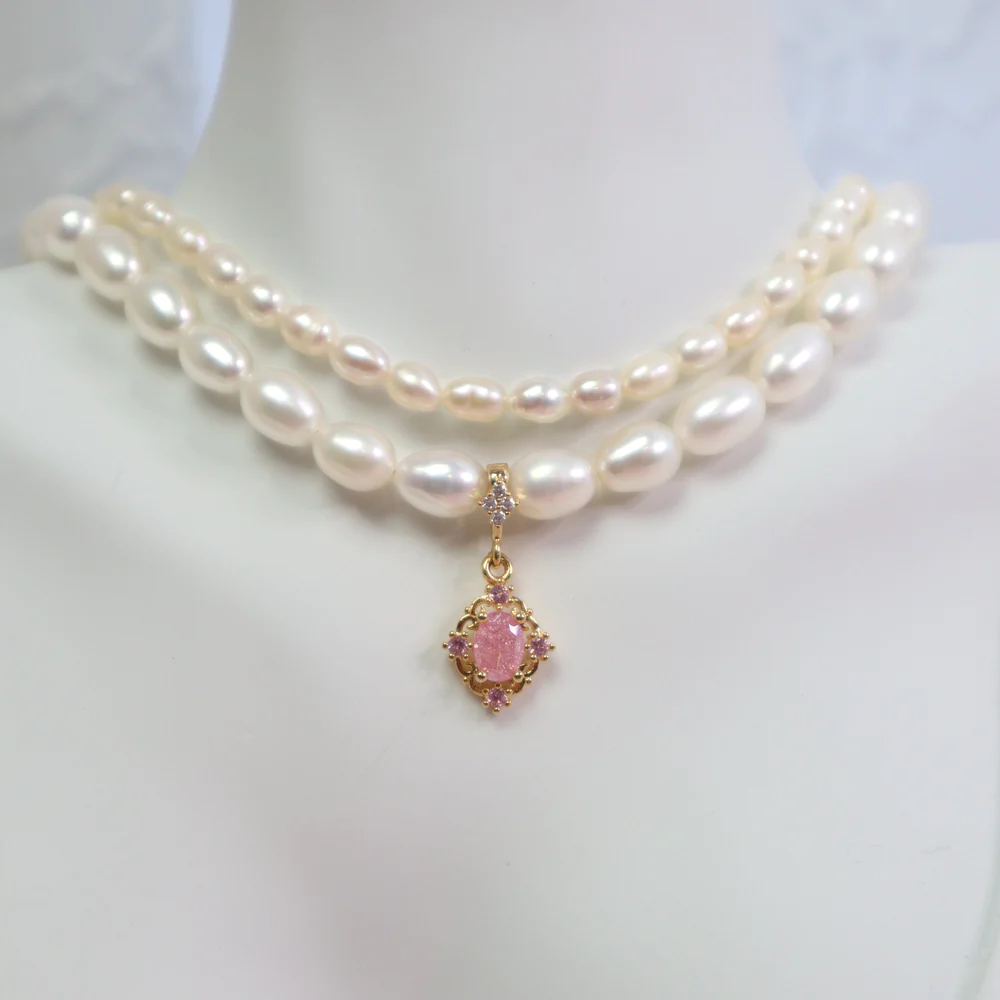The Ultimate Guide on How to Clean and Care for Pearl Jewelry
Pearls are beautiful gifts of nature that are loved for their timelessness and natural glamour. Unlike other gemstones, pearls require special care and attention to maintain their beauty. In this guide, we will dive deep into how to maintain pearl jewelry, detailing the different types of pearls and the methods to care for them. Whether you own Akoya pearls, exotic Tahitian pearls, or Freshwater pearls, this guide will help you preserve their beauty for generations to come.
Natural-formed pearls are a rarity. It's estimated that only one in approximately 10,000 oysters will ever produce a pearl of gem-grade quality. The formation of a natural pearl begins when an irritant, such as a grain of sand or a tiny organism, finds its way into the mollusk's shell. In response to this intrusion, the mollusk begins to protect itself by secreting layers of nacre—a combination of calcium carbonate and conchiolin—around the irritant. Over time, the layers accumulate, creating the luminous surface of the pearl.
The thickness of this coating plays an important role in determining the pearl's beauty and durability. The thicker the nacre, the stronger and more iridescent the pearl becomes. However, natural pearls are scarce and come at a high cost, making them special in the jewelry world.
Pearls come in various forms, each with its unique characteristics and origins. Understanding the distinctions between natural and cultured pearls, as well as the specific types available, is the first step towards taking proper care of your precious fine jewelry.
Natural Pearls vs. Cultured Pearls
Natural pearls are called "natural" because unlike cultured pearls, they form in the wild with no human intervention and are exceptionally rare. They're found in clams, oysters, and mussels. In contrast, cultured pearls are grown in controlled environments known as pearl farms.
Akoya Pearls

Akoya pearls, primarily cultured in Japan and renowned for their perfectly round shape and white luster, are among the most popular pearl choices for jewelry. They're the pearls that every girl and woman has dreamed of, making them classic jewelry pieces.
Freshwater Pearls

Once considered of lesser quality due to their unique shapes, Freshwater pearls have undergone a remarkable transformation. These pearls, now recognized for their variety in sizes, colors, and shapes, are primarily produced in China and India. Their gleaming appearance and versatility have made them competitors with Akoya pearls.
Tahitian Pearls

Found in the waters of French Polynesia, Tahitian pearls are characterized by their dark, captivating colors and larger sizes, ranging from 8 mm to 21 mm. These gems come in an array of shades, including gray, blue, green, purple, and black.
South Sea Pearls

Celebrated for their substantial size and shimmering white and golden hues, are harvested from oysters in Southeast Asia, northern Australia, and the Philippines. Their standard size of 13 mm and range of colors make them highly sought after, with golden South Sea pearls being particularly rare and exquisite.
Mabe Pearls

Also known as half pearls, boast a spherical shape and a wide range of pastel colors. Unlike most pearls formed within the flesh of mollusks, Mabe pearls develop within the shell. They are cultivated in regions around Indonesia, Australia, Japan, and French Polynesia.
Keishi Pearls

Sometimes referred to as "poppy seed pearls", are mini-sized pearls that originate as byproducts of pearl culturing. These pearls vary in shape and come in various colors, including white, gray, black, and rose—their unique composition results in a glossy, iridescent appearance.
Caring for Pearls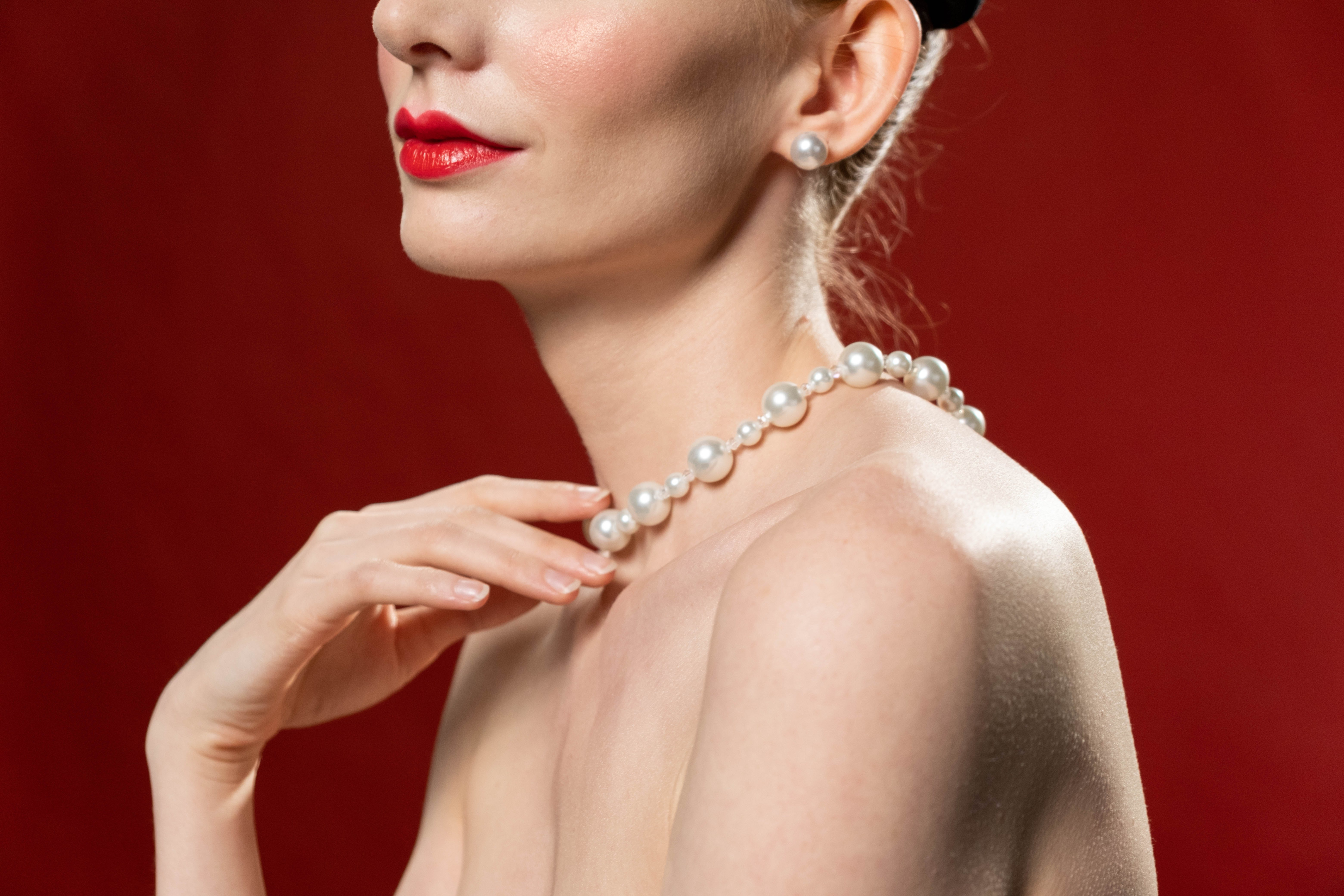
Pearls require careful maintenance to preserve their shine. The composition of pearls, characterized by the nacre coating, makes them more susceptible to damage than most gemstones. Here are tips for keeping your pearls in impeccable condition:
1) Wear Your Pearls
Wearing your pearls regularly can help keep them shiny. The natural oils, moisture, and warmth from your skin contribute to their appearance. After wearing them, gently wipe with a very soft cloth to remove any debris or body oils.
2) Storage Matters
Proper storage is crucial to prevent damage. Rough fabrics or plastic bags can cause scratching and blemishing to a pearl's outer layer. It's necessary to store them separately in linen or soft cloth pouches to protect them from scratching.
Avoid storing pearls with other jewelry items. Store pearl necklaces flat in a velvet-lined jewelry box. This is to not stretch the silk strand the pearls hang on. Never store pearls in airtight containers, as this can lead to permanent yellowing.
Pearls need to breathe to maintain their luster. Choose silk-lined or soft cloth pouches for storage instead. Keep your pearls away from direct sunlight. The prolonged heat and UV rays can lead to fading and discoloration over time.
3) Routine Cleaning
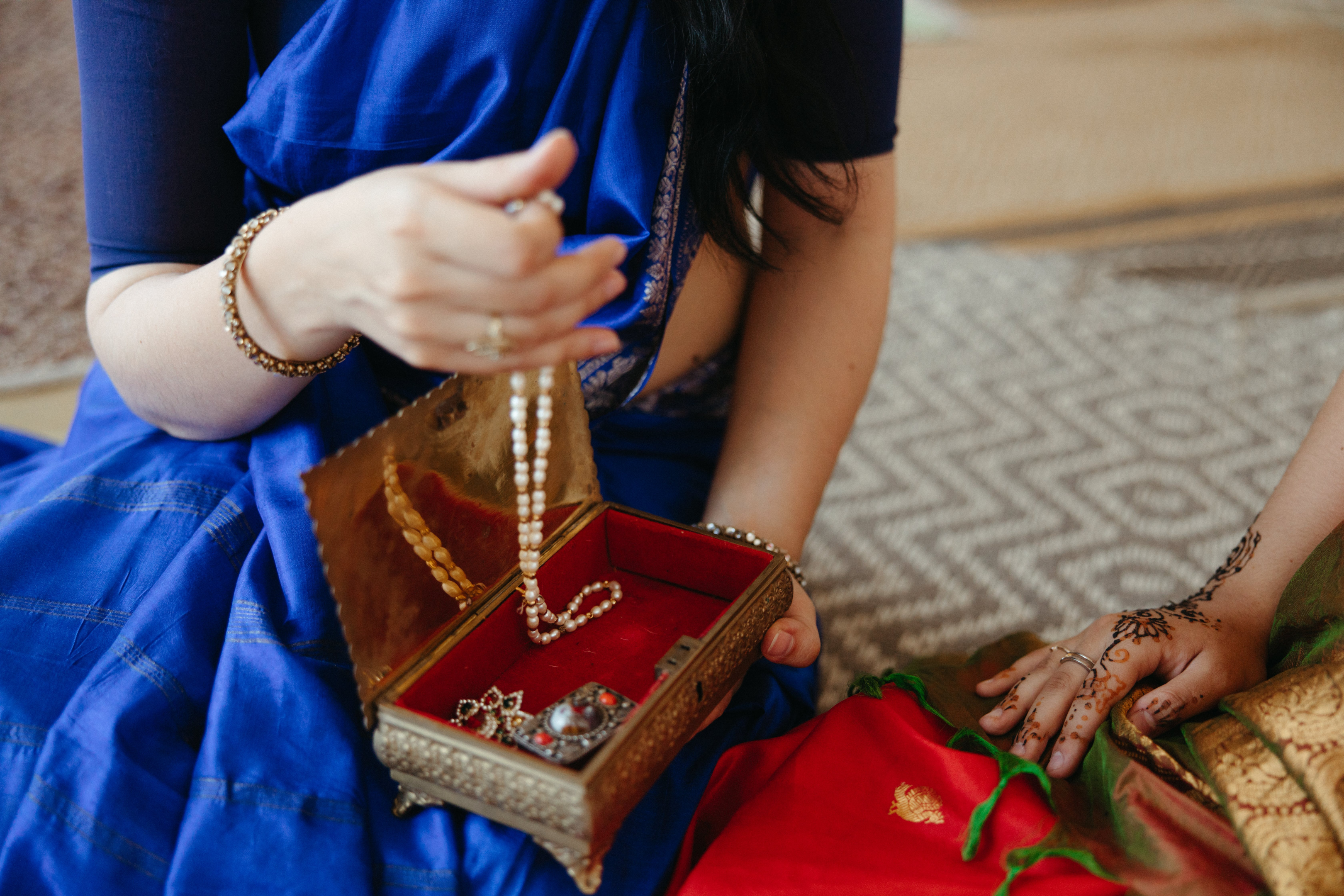 Regular cleaning is essential. Gently wipe them with a soft cloth to remove debris and maintain their surface. It's also advisable to have your pearls checked by a jeweler once a year for a thorough cleaning.
Regular cleaning is essential. Gently wipe them with a soft cloth to remove debris and maintain their surface. It's also advisable to have your pearls checked by a jeweler once a year for a thorough cleaning.
Proper Cleaning Techniques
To keep pearls clean, follow these gentle cleaning steps:
You'll need a soft cloth, lukewarm water, and mild soap. Before cleaning, the pearl strands should be checked to make sure they don't pull apart. If it's earrings, the attachment to the metal should be checked.
Create a solution of lukewarm water and mild soap. Dampen cloth in the soapy water and gently wipe each pearl individually. Alternatively, if possible, remove the pearls from the thread and submerge them for 5 to 10 minutes. Wipe off any soap residue with a damp cloth.
It's crucial to steer clear of conventional jewelry cleaners or store-bought products that may contain harsh chemicals. Pearls are delicate and that means they require gentle care. Exposure to chemicals can cause irreversible damage to their lustrous surface. Additionally, don't use an ultrasonic jewelry cleaner, as the intense vibrations they generate can lead to cracks, scratches, and the weakening of the pearl's structure.
Drying Your Pearls
After cleaning, lay your pearls flat on a soft towel, preferably silk, and let them completely dry. A good indication of dryness is when the towel also dries.
Addressing Yellowing
Should you have yellowed pearls, you can clean them with acetone. Dampen a soft cloth with acetone and gently wipe the pearls to remove the yellowing. Acetone is safe for pearls but be sure to avoid harsh chemicals like chlorine, ammonia, and vinegar, as they can dissolve the nacre coating.
Conclusion: Cherish Your Pearls
Pearls are unique and captivating gems that deserve the utmost care and attention. By understanding the different types of pearls, their formation, and proper cleaning techniques, you can ensure your pearl jewelry continues to shine brilliantly for years to come. Remember to store them carefully, clean them gently, and appreciate their timeless beauty. Whether you own Akoya pearls, Freshwater pearls, or even fake pearls, the importance of proper care and maintenance cannot be overstated.
At Ximena Rose, we invite you to check out our exquisite collection of vintage and high-quality pearl jewelry. From stunning necklaces to alluring earrings, our carefully curated pieces are designed to enhance your charm and beauty.
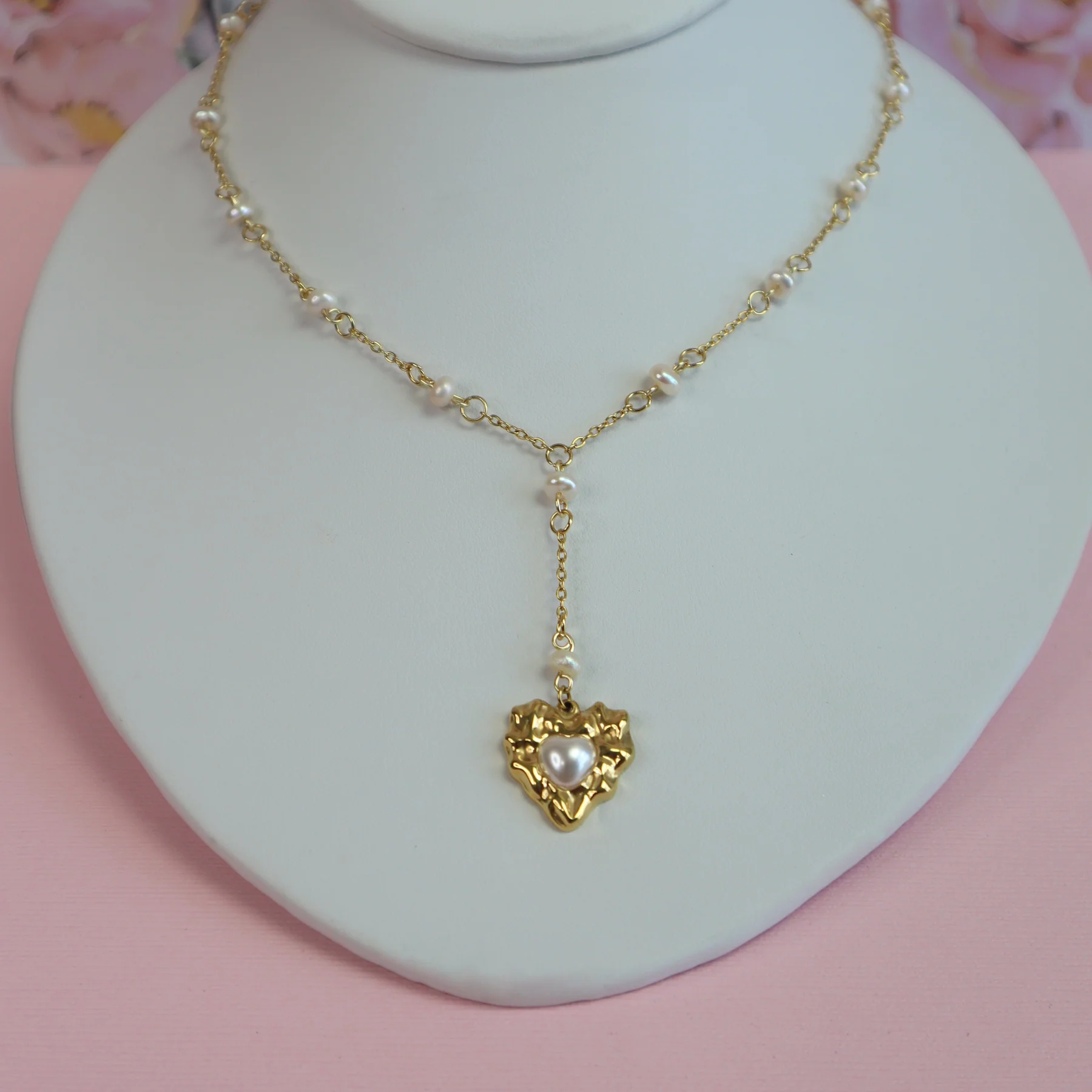
Ximena Rose's Irregular Heart Drop Necklace.
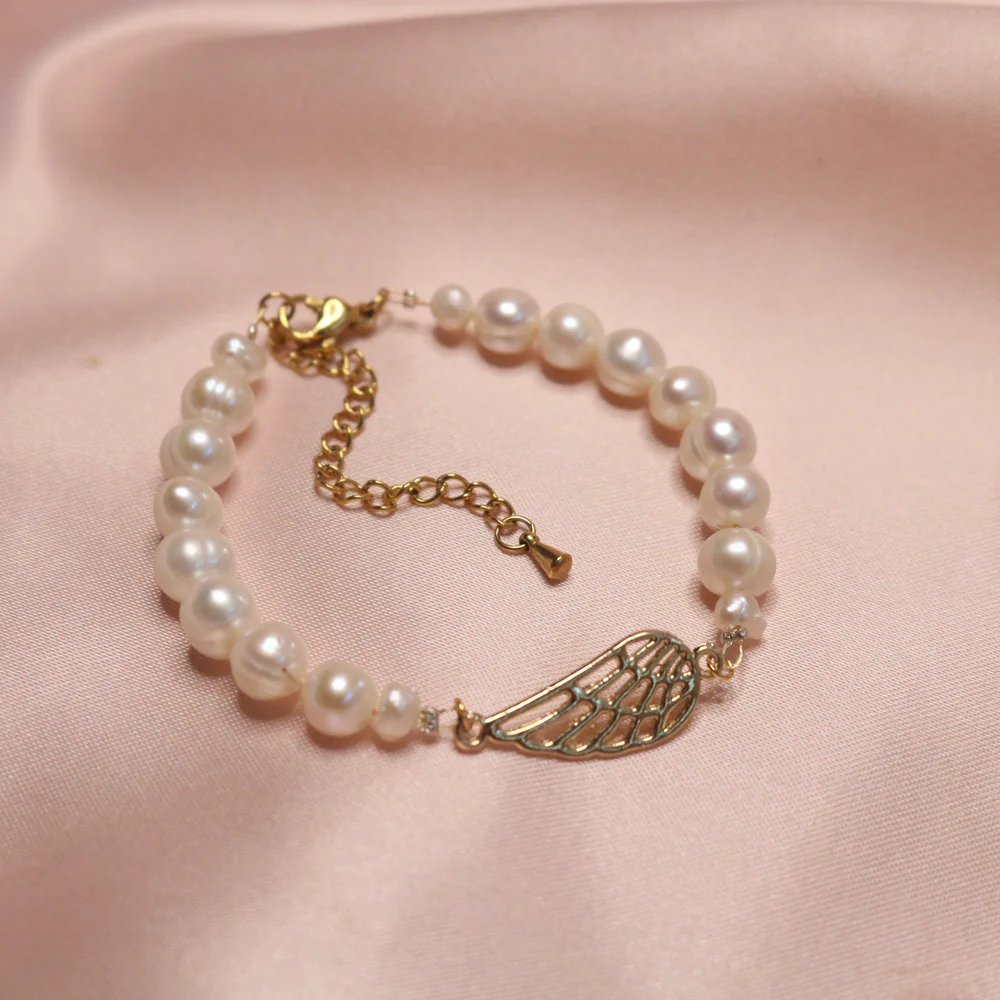
Ximena Rose's Angelic Pearl Bracelet.
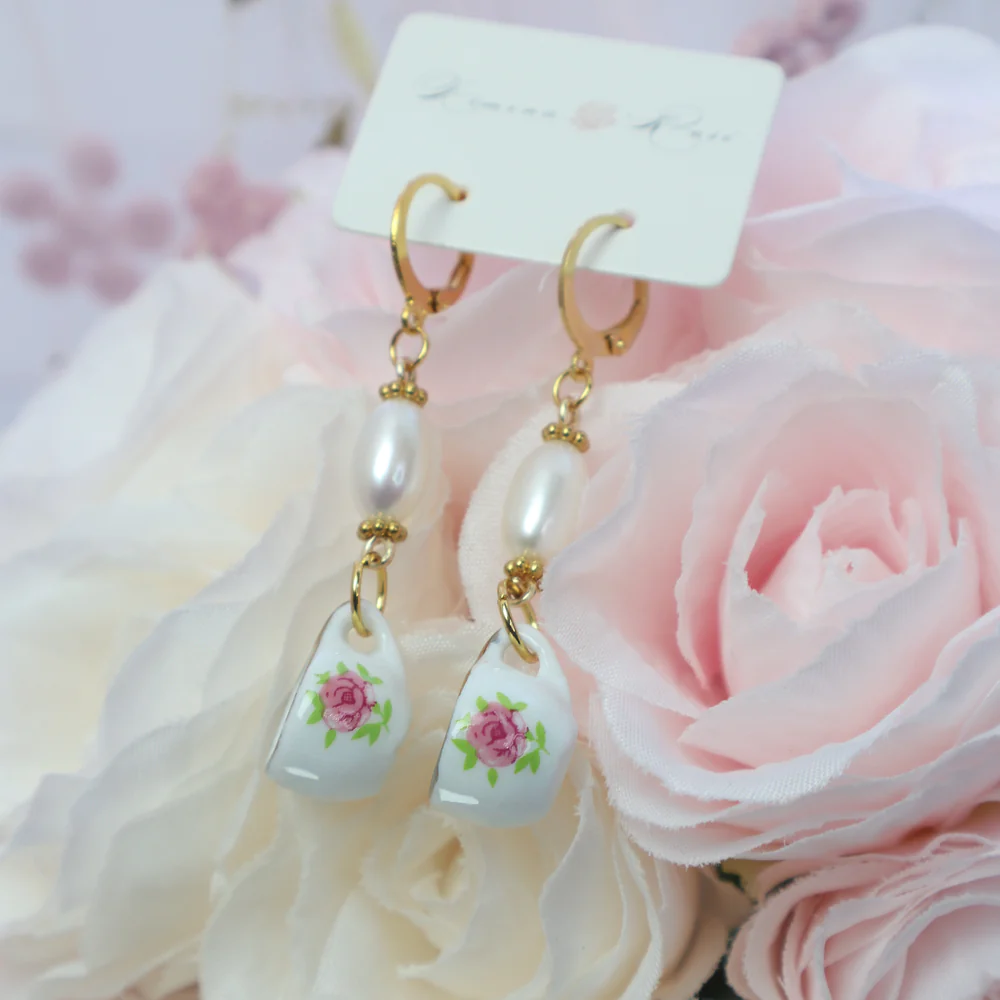
Ximena Rose's most loved, Tea Time Earrings!
Every piece at Ximena Rose is a testament to our commitment to quality and craftsmanship. Don't miss the opportunity to make a statement with our exquisite pearl jewelry. Visit our store and discover the perfect piece to complement your style today!
